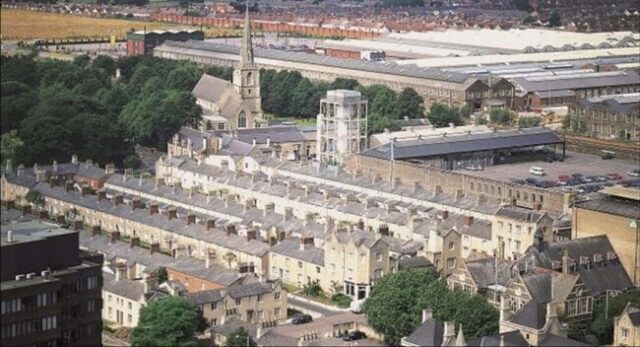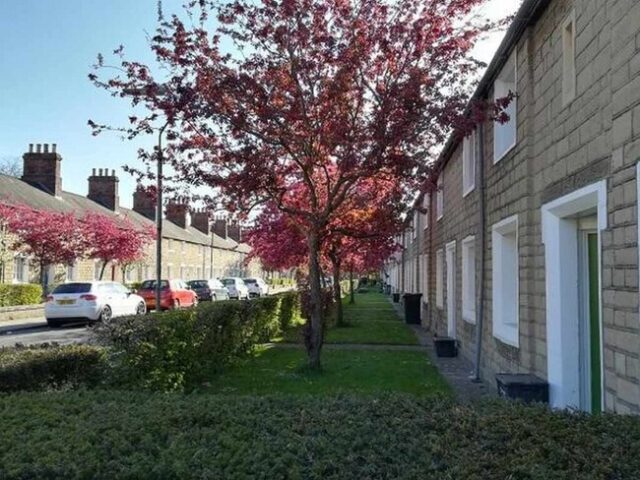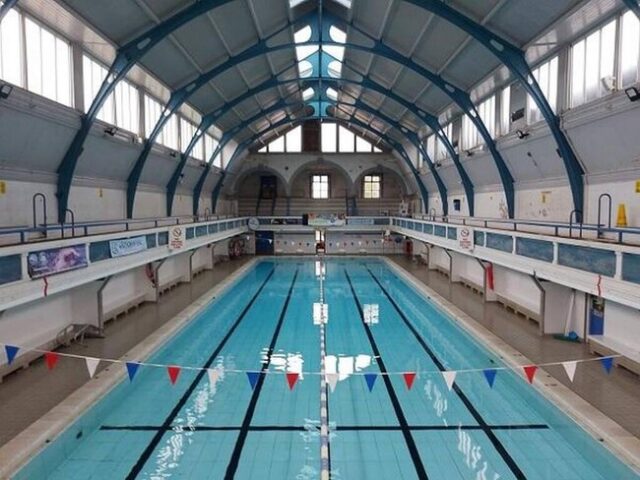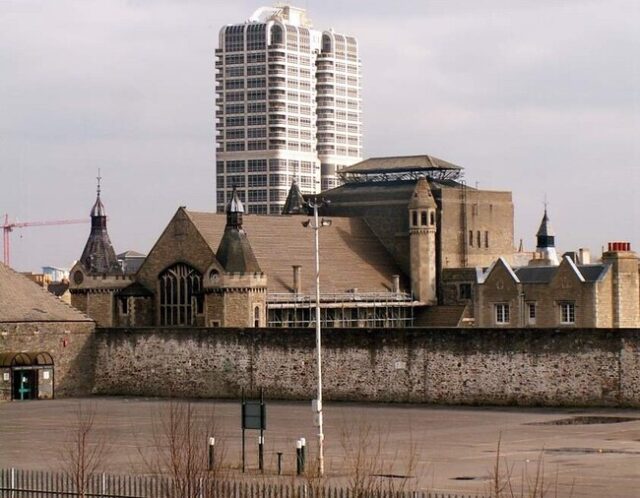
The historic Swindon Railway Village in lower England, once a dangerous “no-go area,” has been transformed into a thriving heritage neighborhood through a major restoration project. Initially established between 1841 and 1842 by the Great Western Railway (GWR), under the direction of Isambard Kingdom Brunel, the village housed workers who labored at what was then one of the world’s largest railway engineering complexes. The area boasted pioneering amenities, such as the UK’s first modern public library and a healthcare center that inspired the National Health Service. Over time, as the railway works became obsolete, the village fell into decline, becoming unsafe for residents and visitors. However, the Swindon Heritage Action Zone (HAZ), launched in 2019, sought to reverse this decline with an ambitious five-year plan aimed at restoring the village to its former glory.

Through a partnership between Historic England, Swindon Borough Council, and other organizations, over 300 historic buildings in the area were refurbished, including the iconic Swindon Works, the Mechanics Institute, and the health center. The restoration not only preserved the area’s rich industrial heritage but also created new opportunities for local businesses and cultural initiatives. Streets were returned to their original dimensions, parks were rejuvenated with flowers and trees, and plaques were installed to highlight the history of the village. The Carriage Works, an 11-unit building where train carriages were once repaired, was revitalized with modern renovations and now houses both businesses and the Royal Agricultural University’s Cultural Heritage Institute. These efforts have breathed new life into the area, ensuring the 150-year legacy as a center of railway engineering and community innovation is not forgotten.
















